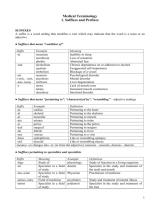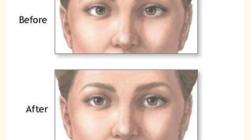Why do we focus on five moments only in hand hygiene?
The concept of "Five Moments in Hand Hygiene" is a guideline developed by the World Health Organization (WHO) to promote effective hand hygiene practices in healthcare settings. It is a simplified framework designed to emphasize the critical times when healthcare workers should perform hand hygiene to reduce the risk of healthcare-associated infections. There are several reasons why the focus is placed on these specific five moments:
Critical Times for Infection Transmission: The Five Moments framework identifies key moments when healthcare workers are most likely to come into contact with potentially infectious materials or patients. These moments are critical because they represent high-risk situations for the transmission of infections.
Simplicity and Memorability: By narrowing the focus to just five moments, the guideline becomes more straightforward and easier for healthcare professionals to remember and implement consistently. This simplicity helps ensure that hand hygiene practices become ingrained habits.
Efficiency: Concentrating on these specific moments optimizes the efficient use of time and resources. It directs healthcare workers to perform hand hygiene when it matters most, without overburdening them with excessive handwashing, which could lead to compliance fatigue.
Evidence-Based: The Five Moments framework is based on scientific evidence and epidemiological research, which has shown that these are key moments where hand hygiene can have a significant impact on reducing the transmission of healthcare-associated infections.
Global Standardization: The WHO's Five Moments framework provides a standardized approach to hand hygiene in healthcare settings. This common framework helps ensure consistency and uniformity in hand hygiene practices across healthcare facilities and countries, ultimately contributing to improved patient safety.
The Five Moments in Hand Hygiene are as follows:
Before Patient Contact: Perform hand hygiene before coming into contact with a patient or their surroundings. This helps prevent the transfer of microorganisms from healthcare workers to patients.
Before a Clean/Aseptic Procedure: Clean hands before any procedure that requires a sterile or clean environment, such as surgery or inserting a central venous catheter.
After Body Fluid Exposure Risk: After coming into contact with bodily fluids or materials that pose a risk of infection (e.g., blood, wound dressings), hand hygiene is crucial to prevent the spread of potential pathogens.
After Patient Contact: Perform hand hygiene after touching a patient or their surroundings. This helps prevent the transfer of microorganisms from patients to healthcare workers.
After Contact with Patient Surroundings: Clean hands after touching surfaces or objects in the patient's environment, as these surfaces can harbor harmful pathogens.
While the Five Moments framework is primarily designed for healthcare settings, the principles of effective hand hygiene, including these critical moments, are applicable in various contexts to reduce the risk of infection transmission. The focus on these moments is a practical and evidence-based approach to improving hand hygiene practices and patient safety.












